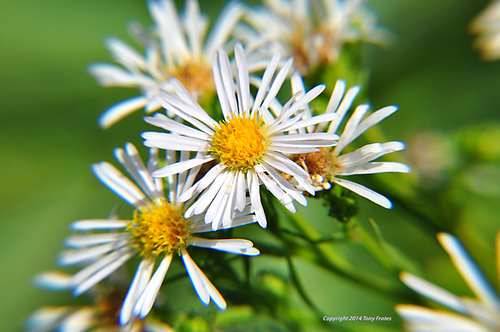My Garden

| Category | Details | |
|---|---|---|
| Plant Type | Perennial plant | |
| Estimated Plant Lifespan | 5 years lifespan | |
| Sun Requirements | 6+ hours direct sunlight (Full Sun) | |
| Pollination | Method: animal Notes: Primarily pollinated by bees, butterflies, and other insects. Planting in groups can increase pollination success. | |
| Watering Requirements | Method: Top water Frequency: Water when the top inch of soil is dry. Notes: Avoid overwatering, as this can lead to root rot. Established plants are somewhat drought-tolerant. | |
| Humidity Requirements | Level: Moderate | |
| Cleaning Requirements | Deadheading spent flowers encourages continued blooming and prevents excessive self-seeding. Cut back stems to the ground in late fall or early spring. | |
| Temperature Range | Min: -40°C Max: 35°C |


While beautiful, Sweet Joe-Pye Weed can grow quite large and may overshadow Symphyotrichum lanceolatum, competing for sunlight and resources.
Aphids are small, sap-sucking insects that can cluster on new growth. They cause distorted leaves, stunted growth, and can transmit diseases. Look for sticky honeydew and sooty mold.
Spider mites are tiny pests that suck sap from leaves, causing stippling, yellowing, and eventually bronzing. They thrive in hot, dry conditions and create fine webs on the plant.
Steps:
- Division: Divide established clumps in early spring or fall.
- Carefully dig up the plant.
- Separate the rhizomes into sections, ensuring each section has roots and shoots.
- Replant the divisions in well-prepared soil.
- Seed: Sow seeds indoors 6-8 weeks before the last expected frost or direct sow outdoors in the fall.
- If starting indoors, keep the soil consistently moist.
- Harden off seedlings before transplanting outdoors.
- Space plants appropriately based on mature size.
Neem Oil
Effective natural insecticide for controlling aphids and spider mites.
Compost Tea
Provides nutrients and beneficial microbes to improve plant health and resilience.
